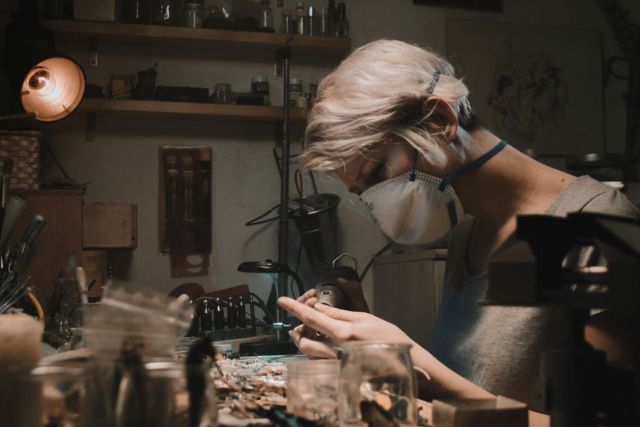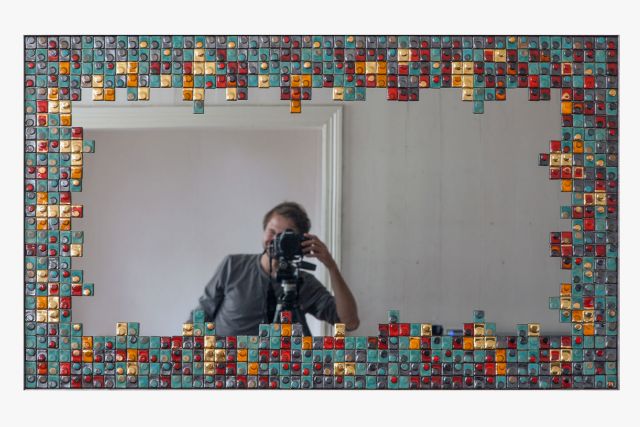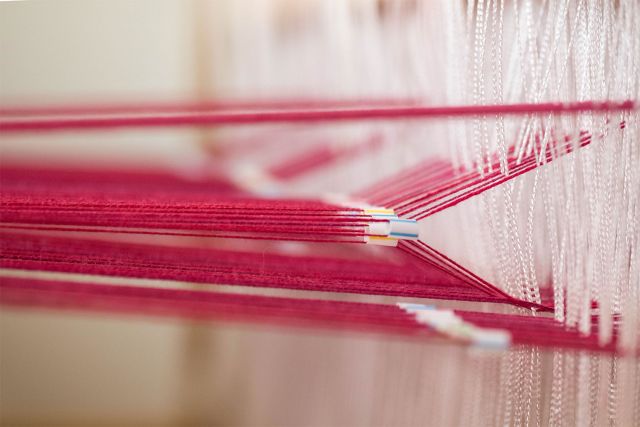This tea cup is made of thin-walled, white translucent porcelain. It was hand-moulded with clear, expressive traces of layering.
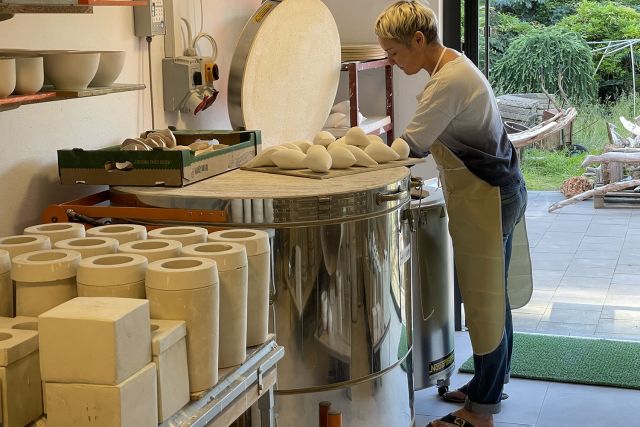
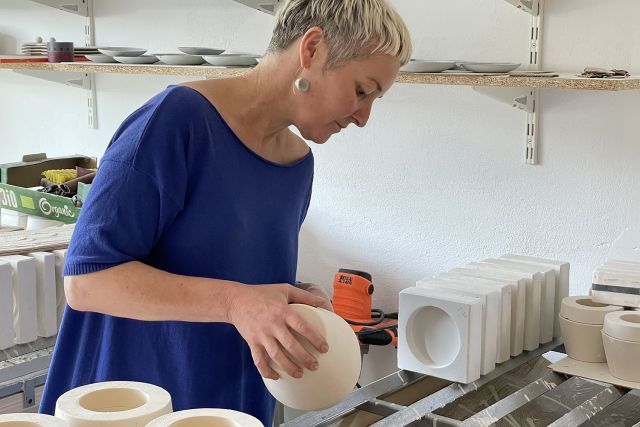
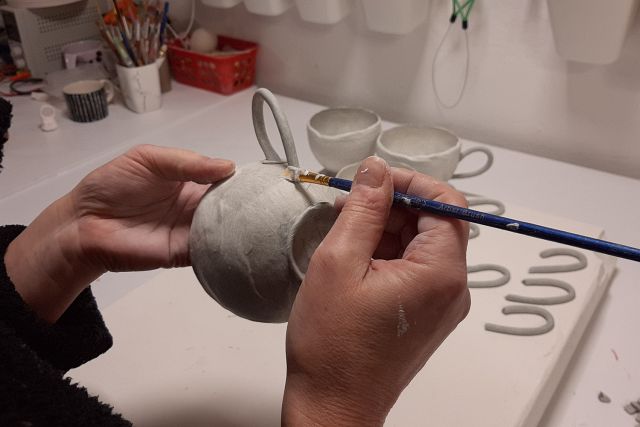
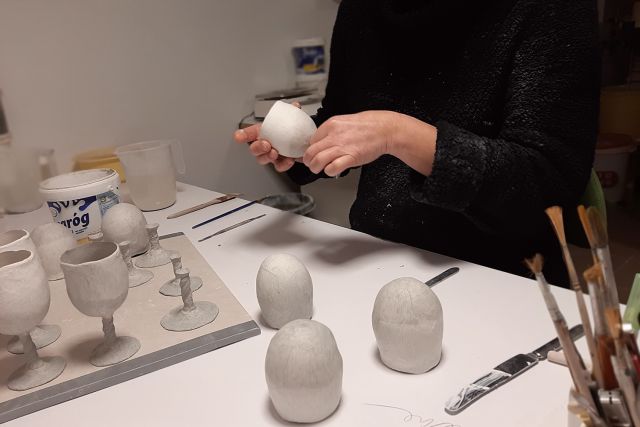
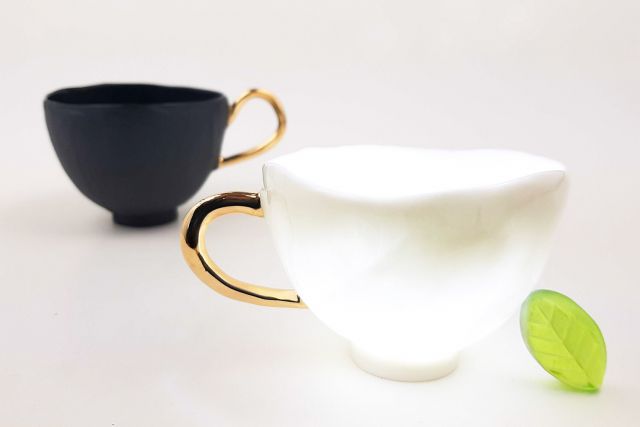
Agnieszka Borkowska
- Cerama Studio
- Ceramicist
- Zgierz, Poland
- Master Artisan
By appointment only
+48 501930739
Hand-forming for function and art
- • Agnieszka creates artistic ceramic sculptures, jewellery and everyday objects
- • She drives inspiration from Gaudi and the way he mixed nature and culture
- • Her artwork is displayed in art galleries and ceramic exhibitions across Europe
Agnieszka Borkowska’s adventure with ceramics began after completing masters studies in painting and art theory at the Academy of Fine Arts in Łódź in 1998. Two years after graduation she went to AFS in Bergen, Norway, to study ceramics because the combination of colour, drawing and spatial form appealed to her greatly. Inspired by Gaudi’s style and by nature in general, she experimented with different materials and forms, and developed her own decorating techniques. Depending on the material used and the form of the object, Agnieszka's creative process can take between a few weeks and a few months, especially if plaster mould casting is involved. Sometimes she makes up several different versions of the project before she finds the right form. In contrast, her famous hand-formed cups were inspired by a dream she had and were created in the blink of an eye.
Read the full interviewWorks
Photo: ©Cerama Studio

Photo: ©Cerama Studio
This is a sculptural object made of porcelain and stone. Porcelain elements formed in the shape of sea animals from a coral reef are set in stone. The base is raw, unworked limestone.

Photo: ©Cerama Studio
This is a sculptural object made of porcelain and wood. Porcelain elements are in the shape of white flowers, set on a wooden base. The base is made of raw, undyed wood in its natural shape.

Photo: ©Cerama Studio
This coffee cup is made of fine, mass-dyed porcelain. The bowl has the shape of a hemisphere placed on the base. The cup is black with a golden handle. It was made with hand-moulding.

Photo: ©Cerama Studio
This coffee cup is hand-moulded in fine porcelain. The cup is in the shape of a tulip placed on a foot base. The cup is white, translucent, with a golden, hand-moulded handle.





